The larvae of C perspectalis feed on the leaves of box trees but can attack the bark of the trees, causing them to dry out and die (Leuthardt and Baur, 13)Typical symptoms include feeding damage on the leaf edges, with sometimes only leaf skeletons remaining Attendant symptoms are webbing of the branches with frass and residues of moulting such as, black head capsules ofProviding yearround interest, Euonymus japonicus 'Silver King' (Japanese Spindle) is an upright, bushy, evergreen shrub with glossy, ovalround, green leaves, 12 in long (25 cm), adorned with silvery white edges A few tiny, inconspicuous, yellow flowers are produced in late spring and early summer, which are rarely followed by fruits Adding four season color in the landscape, this Ivy (Toxicodendron radicans), Black Locust (Robinia pseudoacacia) , Black Cherry (Prunus serotina), Common Pokeweed (Phytolacca americana), etc, are not included here because they are not nonnative invasive species, they do not degrade natural areas, and they are important for native wildlife Nonnative invasive plants occurring within the City of Alexandria are actively

Winter Creeper Invasive Exotic Plants Of North Carolina Inaturalist
Japanese spindle tree invasive
Japanese spindle tree invasive-Euonymus japonicus Thunb 2,872 2,455 Observations Japanese spindletree, Evergreen euonymus, Evergreen spindle, Spindletree, Japanese Spindle, Japanese spindle treeScab This disease, caused by the fungus Elsinoë euonymijaponici, disfigures Japanese euonymus Spots develop on both surfaces of leaves but are most common on the upper surface




Spotlight On Invasive Plants Burning Bush Euonymus Alatus Ecobeneficial
Other Names Japanes Spindle Tree Description This is a stunning evergreen shrub with deep green glossy foliage that is dense and fast growing, has a columnar growth habit that makes it excellent for hedging and border applications;(burningbush, winged wahoo, winged spindletree, Japanese spindletree) Euonymus alatus (Thunb) Siebold Stafftree Family (Celastraceae) DESCRIPTION Winged euonymus is a deciduous shrub that is native to China and Japan Height It is relatively fastgrowing reaching a height (and width) of 15– feet Compact formsNoteworthy Characteristics Euonymus japonicus, commonly called Japanese euonymus, is a dense oval evergreen shrub of the spindle tree family that typically grows to 1015' tall and to 58' wide in cultivation, but may soar to as much as 25' tall in the wildIt is native to Japan, Korea and China Opposite, tough, leathery, lustrous, ovate to obovate, dark green leaves (to 3" long) are
Identification Euonymus europaeus is a l arge shrub or small tree that reaches 30 feet in height Opposite, simple, elliptical, 25 to 4 inches long, finely serrated, long pointed, green above, paler and may be pubescent below Perfect, inconspicuous (1/3 inch across), 4 greenishwhite petals with purple anthers, appearing in late spring inJapanese euonymus is a dense, oval, evergreen shrub or small tree commonly used as a landscape plant It typically grows to 15 feet high, but left alone it can reach 26 feet It can be found in forest or natural areas in mixed deciduous forests and low woodlands, but can become weedy in disturbed areas around houses and buildings The genus "Euonymus" includes 175 different euonymus plants, from dwarf shrubs, to tall trees, and vinesThey are known as "spindle trees," but each species also has its own common name If you are selecting Euonymus plant varieties for your landscape, read on
In Australia, E postvittana is present in Tasmania, New South Wales, Victoria, South Australia, and Western Australia It is widespread throughout New Zealand on many weedy hosts including gorse (Ulex europaeus) and broom (Cytisus scoparius) (Suckling et al, 1998)It is commonly present in gardens and unsprayed horticultural crops, as well as on woody weeds and many treesBrowse pictures and read growth / cultivation information about Euonymus Species, Hamilton's Spindle Tree, Maack's Spindle Tree (Euonymus maackii) supplied byExotic species that are moderately invasive but can become locally dominant when the proper conditions exist Control where necessary and limit their spread to other areas Common Name Scientific Name Effect on Natural Area Absinth sage Artemisia absinthum invades disturbed meadows Bittersweet nightshade




Japanese Spindle Tree Euonymus Japonicus Inaturalist
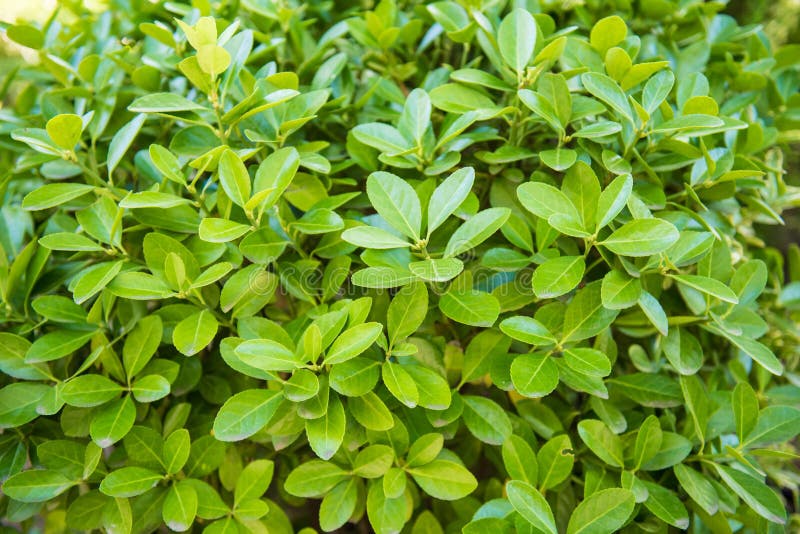



2 462 Euonymus Photos Free Royalty Free Stock Photos From Dreamstime
Winged Euonvmus is also referred to as Winged Spindletree, Japanese Spindletree, Winged Wahoo Winoecl Burning Bush or Burnincr Bush (not to be confused with the native species of Burning Bush) Winoecl Euonymus is distinguished by its wincrecl twi(xs and its showy, lingering fall color When planted 111 the open (hicrhwayInvasive species fact sheet Winged euonymus(burningbush, winged wahoo, winged spindletree, Japanese spindletree), Online In Delaware River Invasive Plant Partnership In The Pennsylvania Flora ProjectEuonymus (Euonymus spp) refers to a large group of shrubs and trees that go under a variety of common names, such as Japanese spindle tree (Euonymus
/grow-japanese-spindle-plants-indoors-1902550-04-ae2962c3be2444c2b5c4f68dd2d64359.jpg)



Growing Japanese Spindle Plants




Japanese Spindle Tree Euonymus Japonicus Youtube
Is Japanese spindle tree invasive?Euonymus / j uː ˈ ɒ n ɪ m ə s / is a genus of flowering plants in the staff vine family, CelastraceaeCommon names vary widely among different species and between different Englishspeaking countries, but include spindle (or spindle tree), burningbush, strawberrybush, wahoo, wintercreeper, or simply euonymusIt comprises about 130 species of deciduous and evergreen shrubs, small treesHow to Rid Flies From Euonymus The bushes known as euonymus (Euonymus spp) thrive in US Department of Agriculture plant hardiness zones 4 to 9, depending on




Invasive Exotic Japanese Spores




Spindle Tree Stock Photos And Images 471 Spindle Tree Pictures And Royalty Free Photography Available To Search From Thousands Of Stock Photographers
Invasive Plants in Canada, Black Alder, Buckthorn Common & Glossy, Common Reed (Phragmites), DogStrangling Vine, English Ivy, European Spindle Tree, Garlic Mustard, Giant Manna Grass, Giant Hogweed, Goutweed, Himalayan Balsam, Honeysuckle, Japanese knoSpindle is a deciduous native tree, and mature trees grow to 9m and can live for more than 100 years The bark and twigs are deep green, becoming darker with age, and have light brown, corky markings Twigs are thin and straight Identified in winter by the vivid pink fruits which have bright orange seeds Buds and twigs are angular and greenJapanese barberry is highly invasive throughout much of the northeastern United States Winged Euonymus – Also known as burning bush, winged spindle tree, or winged wahoo, winged euonymus (Euonymus alatus) was introduced to the United States around 1860 and soon became a popular plant in American landscapes It is a threat in many habitats in




In Color Burning Bush Seattle Japanese Garden
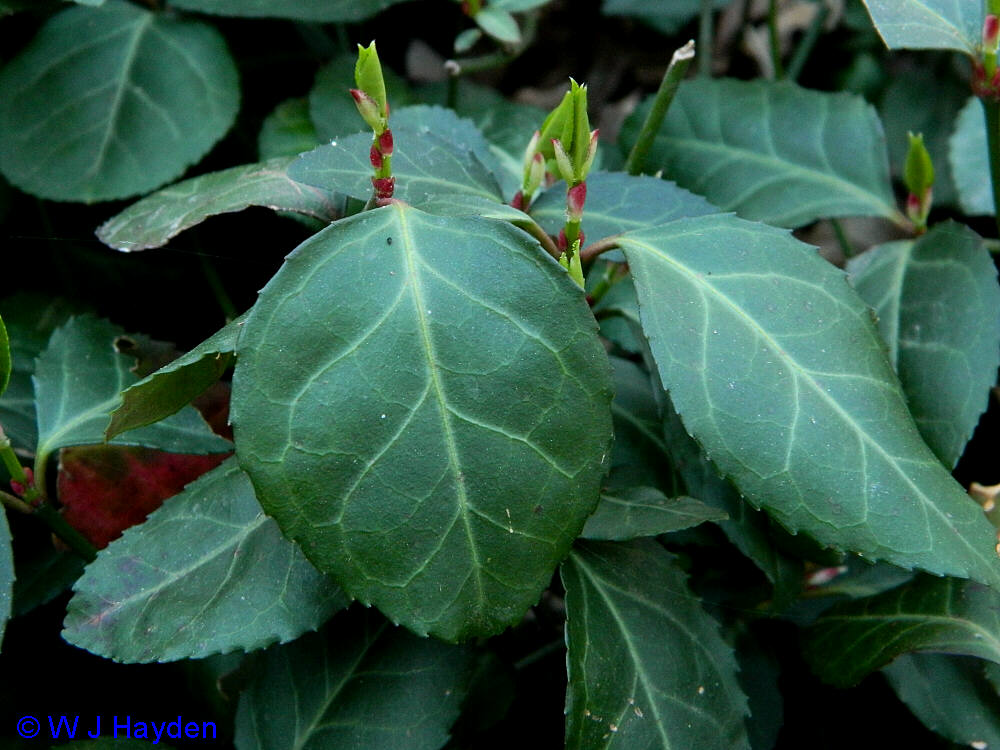



Evergreen And Creepy It S Winter Creeper Virginia Native Plant Society
Euonymus japonicus 'Green Spire' SKU A wellbehaved plant with glossy, green foliage for dense, narrow hedges or screens Makes a great clipped hedge that requires minimal care for a formal appearance Its naturally narrow growth habit is ideal for small spaces Do NOT plant this invasive vine My neighborhood in eastern Cincinnati is OVERRUN with it When I bought this house, the yard (mostly shade) was completely taken over by wintercreeper, which marches over and through fences and scaled up shrubs and tall trees Thick (3"4" diameter) ropes of it girdled tree trunksIt is of concern for its potential to be invasive japonicus is cited as a 'weed of concern on conservation lands' (Invasive Plants Database, 17)




How To Grow And Care For Euonymus Plus Alternatives Hgtv
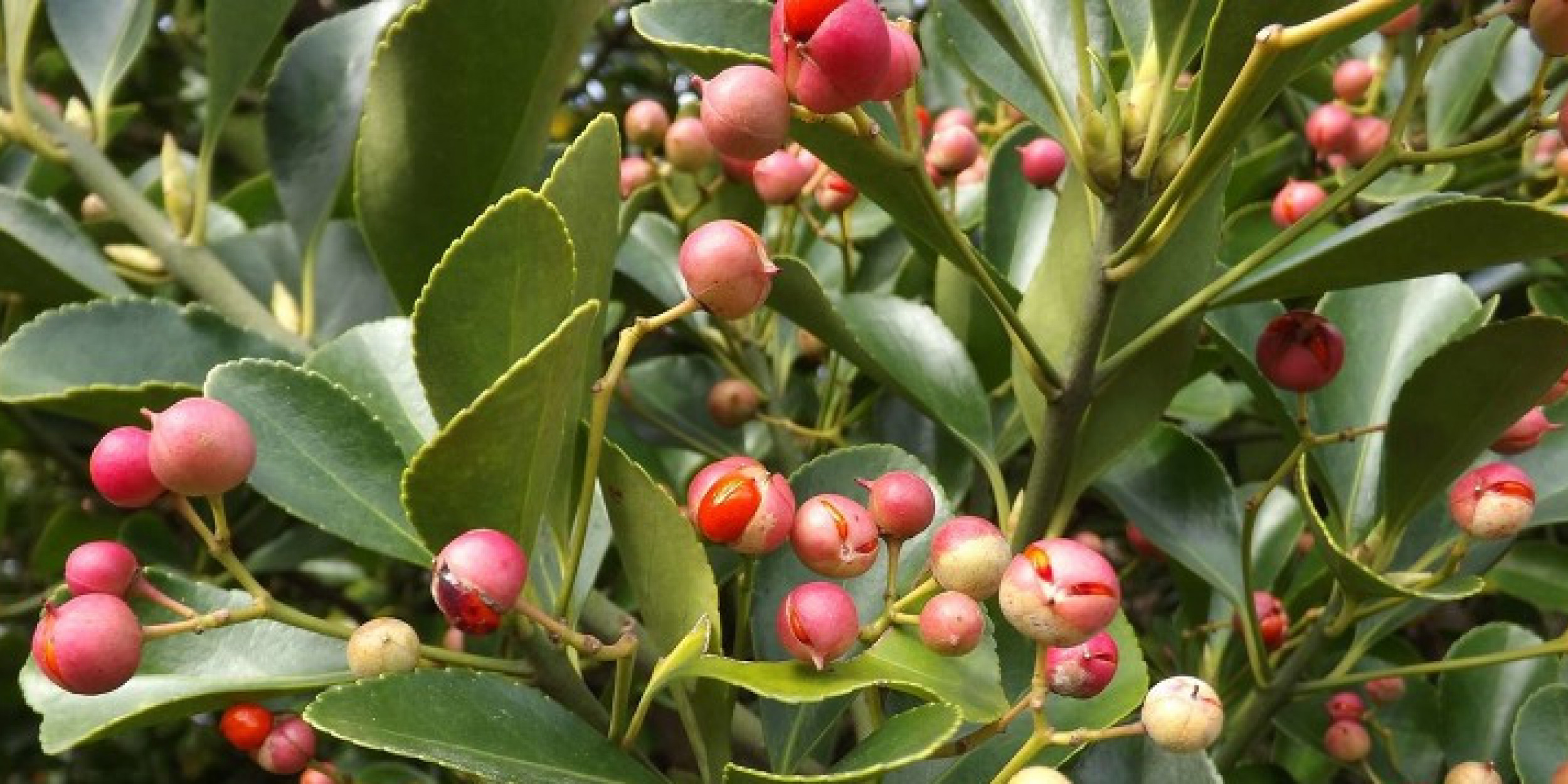



Mpi Includes Pest Weeds In Billion Trees List Forest And Bird
Invasive potential not known to be invasive Pest resistance very sensitive to one or more pests or diseases which can affect plant health or aesthetics Use and Management The SpindleTree is excellent for naturalizing and gives a stunning effect whenEuonymus plants, commonly known as burning bush, spindle tree, and wahoo, contain alkaloids that cause gastrointestinal disturbances and cardiac glycosides, which can affect your pet's heart Euonymus Poisoning Average Cost From 317 quotes ranging from $1,0 $12,000 Gallery of Land Invasives Invasive species are plants, insects, and other organisms that were either accidentally or intentionally introduced from other places that cause harm to the things we value Once established, invasive species can negatively impact agriculture, recreation, forestry, human heath, the environment, and the economy
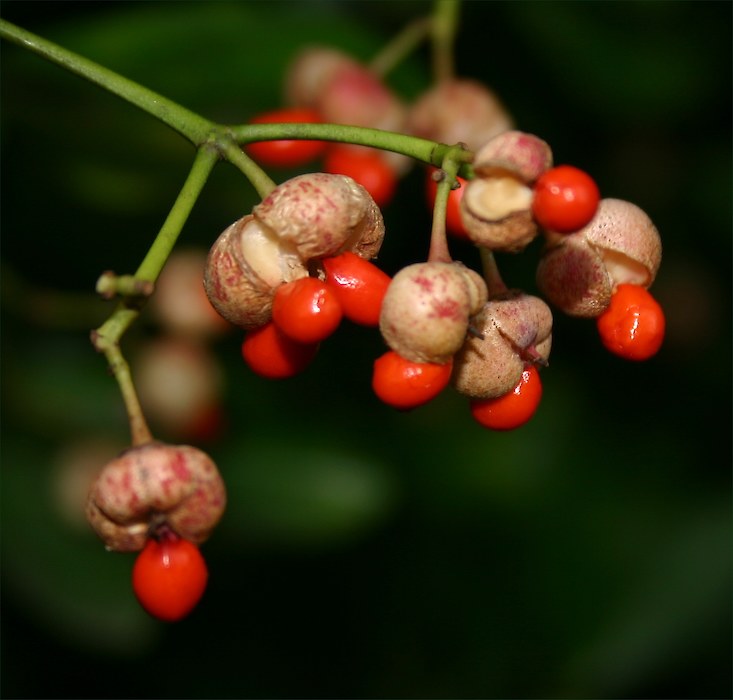



Japanese Spindle Tree Weedbusters
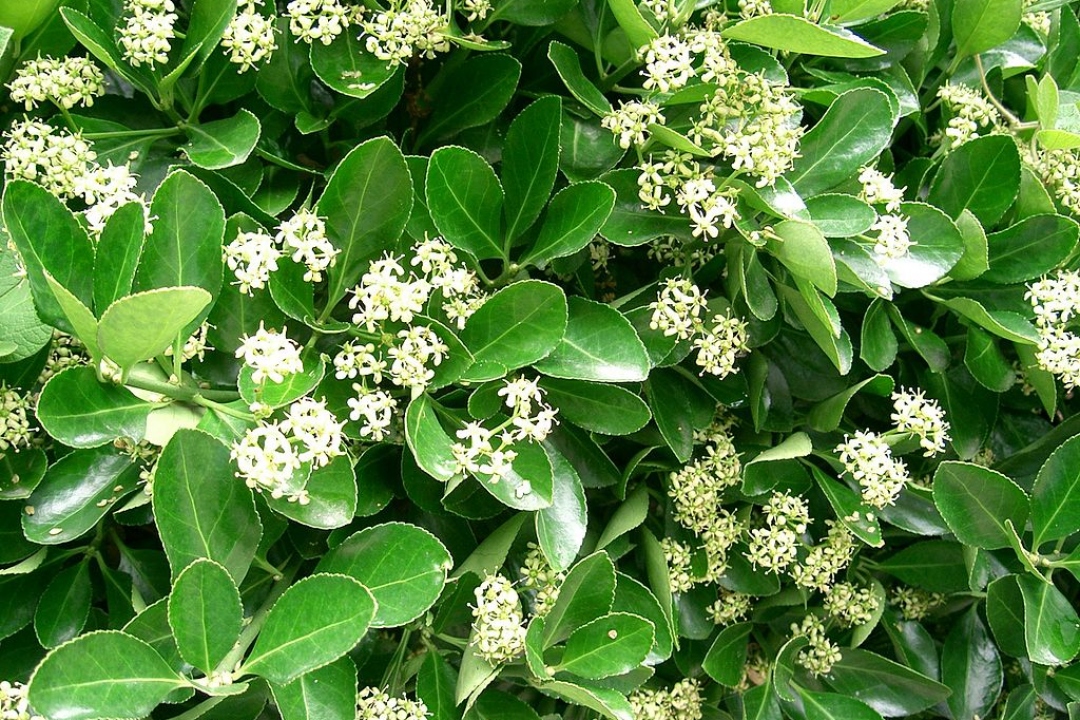



Japanese Spindle Euonymus Japonicus Growing Planting Caring
Invasive Plants in Rhode Island — (includes weedy, native plants known to impair stormwater features) Japanese angelica tree Aralia elata L Norway maple Acer platanoides W Princess tree Paulownia tomentosa L European spindletree Euonymus europaeus L False indigo Amorpha fruticosa L Glossy buckthornJapanese euonymus, Japanese spindletree, spindletree Synonyms No known synonyms Family Celastraceae Conclusions by Zone North, Central, South Not a problem species (undocumented) Assessment Status Complete Growth Habit Shrub, Tree Origin Asia Temperate Tool Used Status Assessment Predictive Tool Score N/A Assessment Dates Japanese Spindletree (Euonymus japonicus) Japanese Spindletree is a commonly planted exotic large shrub or small tree that occasionally escapes in the Coastal Plain of North Carolina, especially on barrier islands The waxy leaves make Japanese Spindletree look like a plastic plant Some cultivars may be chartreuse (as here) or variegated



Is Burning Bush Really An Invasive Species Mike S Backyard Nursery
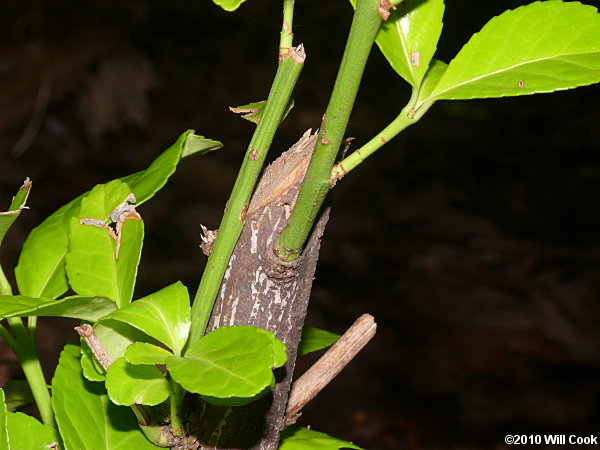



Japanese Spindle Tree Euonymus Japonicus
Invasive species are a serious problem for the Town of Brookline and New England as a whole Invasive species are defined as winged wahoo, winged spindle tree, Japanese spindle tree History This winged plant originated in Northeastern Asia and brought to the United States around 1860 as an ornamental shrubEuonymus europaeus, commonly called European spindletree, is a deciduous shrub or small tree that is native from Europe to western Asia In the U S, it has escaped cultivation and spread (sometimes invasively) by selfseeding, particularly in some areas of the Northeast This is a spindly tangled shrubtree with an irregular crownEuonymus europaeus No Deciduous shrub or small tree, 1230 ft (359 m) tall and 1025 ft (375 m) wide, narrow, upright, broadening with age, rounded outline Branches green with corky stripes Leaves simple, opposite, ellipticovate to lanceoblong to obovate, 259 cm long and 0 cm wide, acuminate tip, wedgeshaped base, margin
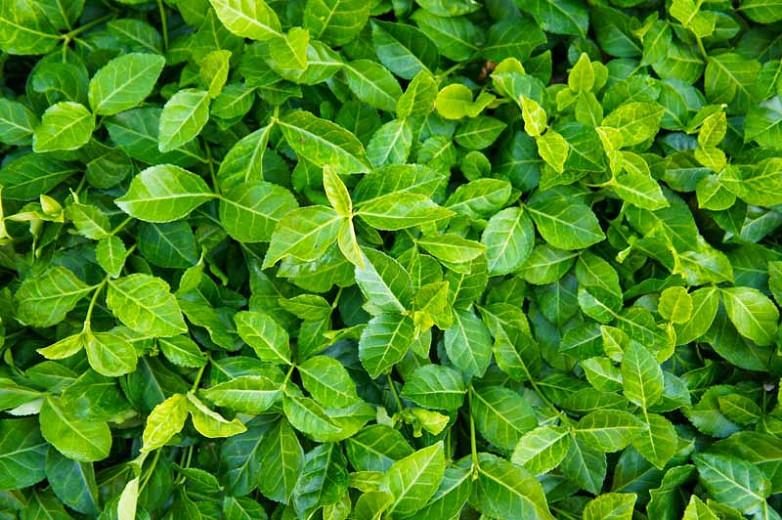



Euonymus Fortunei Coloratus Purple Wintercreeper
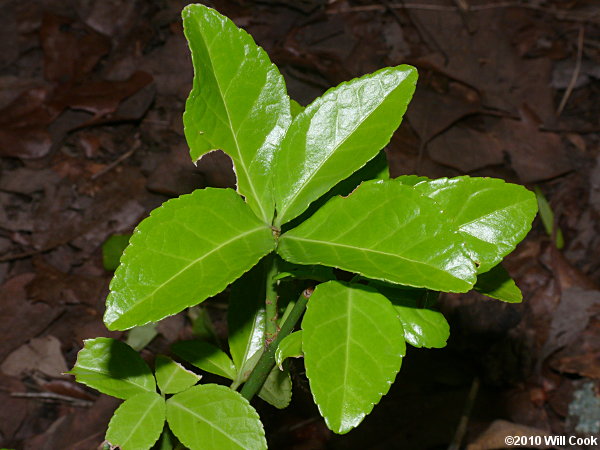



Japanese Spindle Tree Euonymus Japonicus
Winged Euonymus is also referred to as Winged Spindletree, Japanese Spindletree, Winged Wahoo, Winged Burning Bush, or Burning Bush (not to be confused with the native species of Burning Bush) Winged Euonymus is distinguished by its winged twigs and its showy, lingering fall color When planted in the open (highwayNH Invasive Plant Species Watch List New Hampshire Invasive Species Committee (ISC) Approved by the ISC The NH Invasive Plant Species Watch List is a nonregulatory reference tool that serves to a identify potentially invasive nonnative plant species based on degree of invasive qualities (eg,Japanese Spindle Tree, Boxleaf Euonymus, Evergreen Euonymus, Japanese Euonymus Family Celastraceae USDA hardiness 69 Known Hazards The seed is probably poisonous, other parts of the plant may also be poisonous65 Habitats Slopes in thickets and woods, especially near the sea58 Range E Asia Japan Locally naturalized in S Europe Edibility Rating




Euonymus Wikipedia




Spindle Tree The Joy Of Plants
Euonymus europaeus The RHS Award of Garden Merit (AGM) helps gardeners choose the best plants for their garden RHS Plants for Pollinators plants This plant will provide nectar and pollen for bees and the many other types of pollinating insects It is included in an evolving list of plants carefully researched and chosen by RHS expertsThe tiny whitishgreen flowers borne on long stalks and the white seeds surrounded by orange flesh distinguish European spindletree from other spindletrees (Euonymus species) Spindletree is sonamed because the very hard wood was formerly used to fashion spindles for spinning woolTolerant of salt spray Ornamental Features Green Spire Euonymus has dark green foliage



1




Non Invasive Alternatives Avoiding Common Invasive Plants In Zone 8
Subphylum Angiospermae Class Dicotyledonae Summary of Invasiveness Euonymus japonicus is native in Japan (and perhaps China and Korea) but has been widely introduced for cultivation as an ornamental or hedge plant It has become naturalized in other Asian countries, a number of states in the USA, and inEuonymus japonicus (evergreen spindle or Japanese spindle) is a species of flowering plant in the family Celastraceae, native to Japan, Korea and China It is an evergreen shrub or small tree growing to 2–8 m (6 ft 7 in–26 ft 3 in) tall, with opposite, oval leaves 3–7 cm long with finely serrated margins The flowers are inconspicuous, greenishwhite, 5 mm diameterInvasive Plant Fact Sheets For help in identification of invasive plants, treatment, and protection suggestions for your property, explore the DCNR fact sheets below DCNR has deemed these trees, shrubs, vines, herbs, and aquatic plants to be invasive on state lands The species listed are managed by DCNR staff




Euonymus Fortunei Climbing Euonymus Japanese Euonymus Spreading Euonymus Wintercreeper Winter Creeper Wintercreeper Euonymus North Carolina Extension Gardener Plant Toolbox
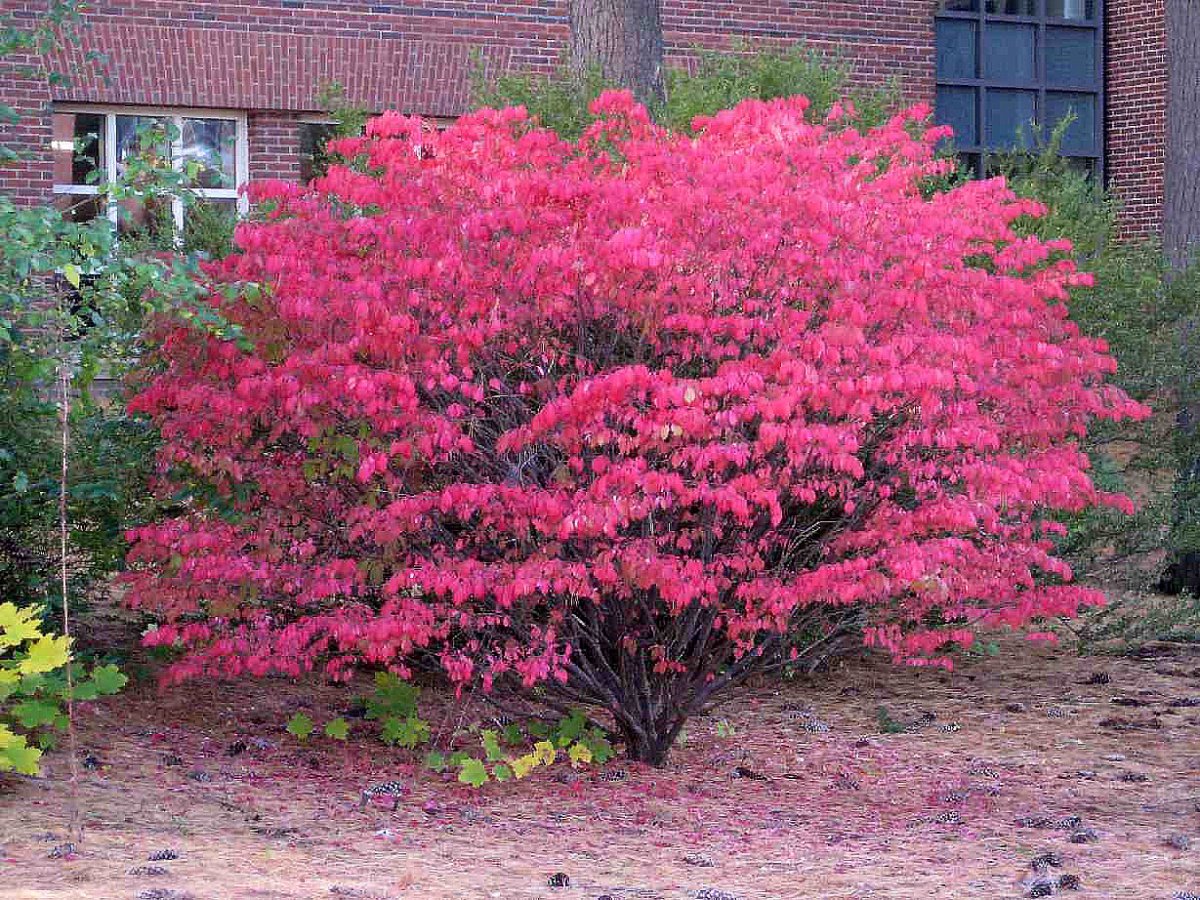



Alternatives To Invasive Landscape Plants Fact Sheet Extension
European spindle tree is a large tree, reaching up to 30 feet tall Oil produced from this plant is used for soap making The seed coating is used to create a yellow dye, and charcoal obtained from the wood is prized by artists
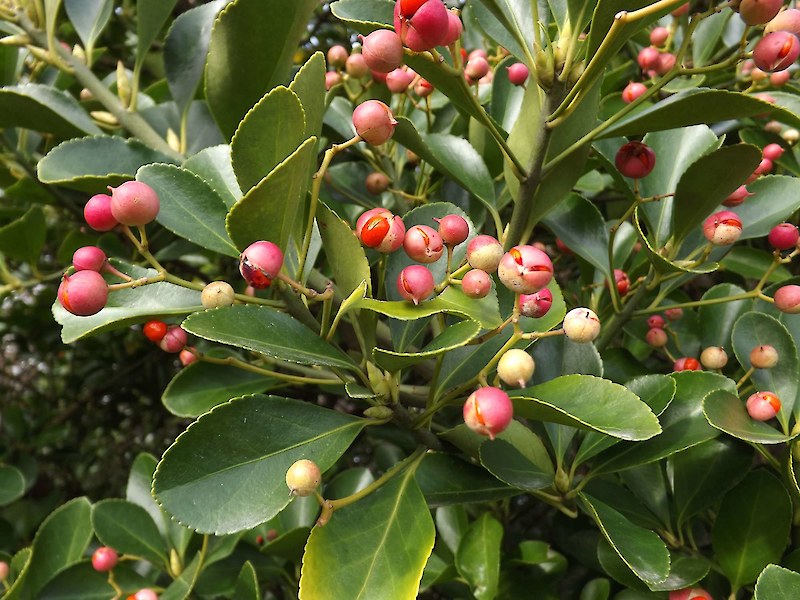



Japanese Spindle Tree Weedbusters
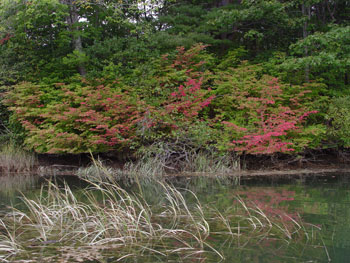



Maine Natural Areas Program Invasive Plants Burning Bush
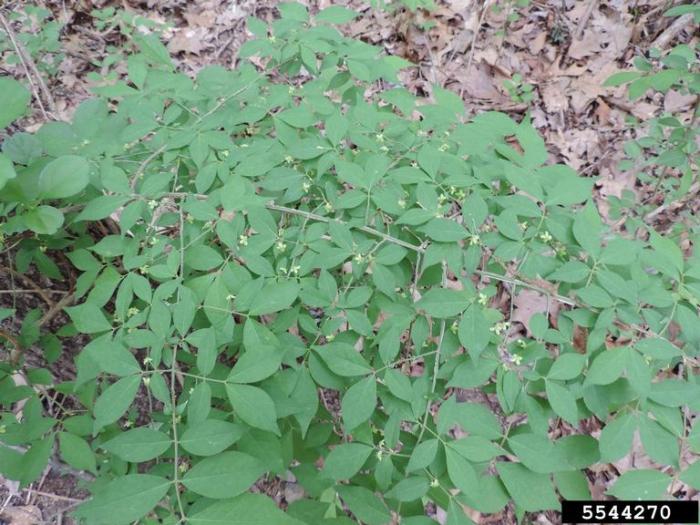



Terrestrial Plants Vermont Invasives




Euonymus Japonicus Common Name Japanese Spindle Tree Plants Planting Shrubs Front Yard Plants
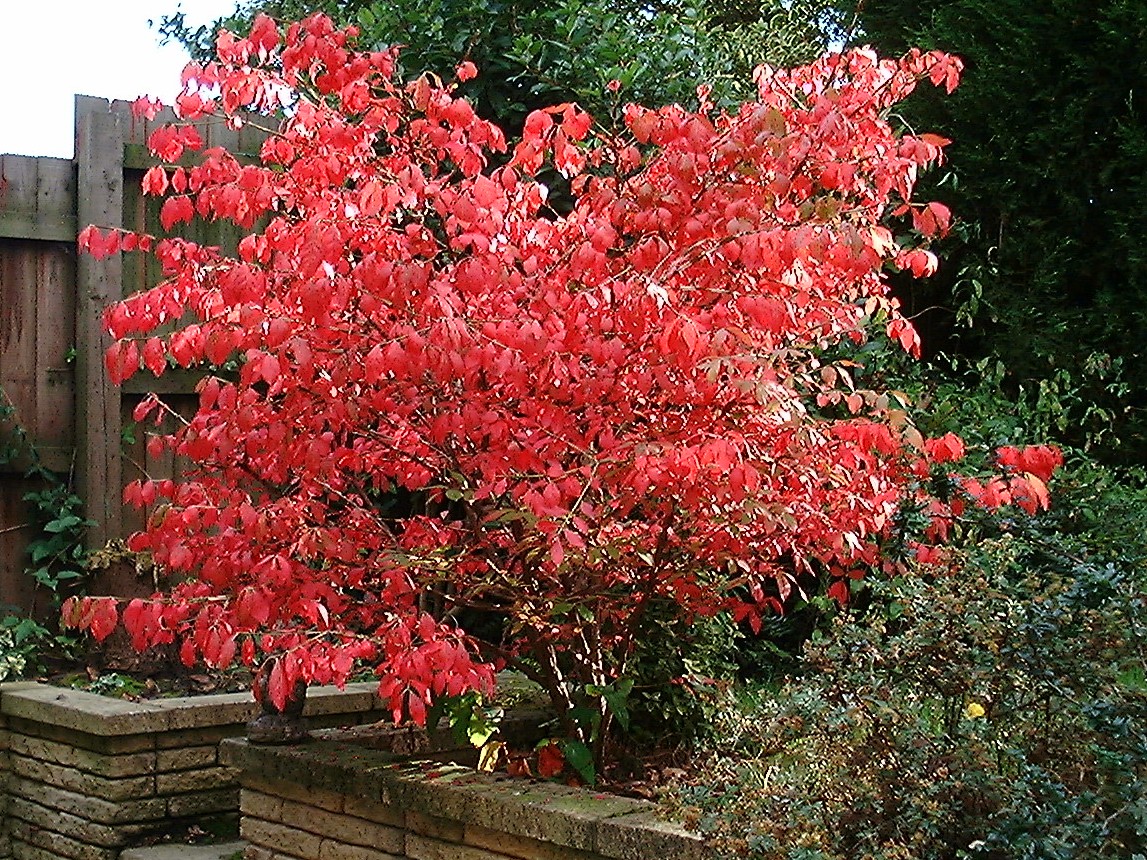



Euonymus Alatus Wikipedia
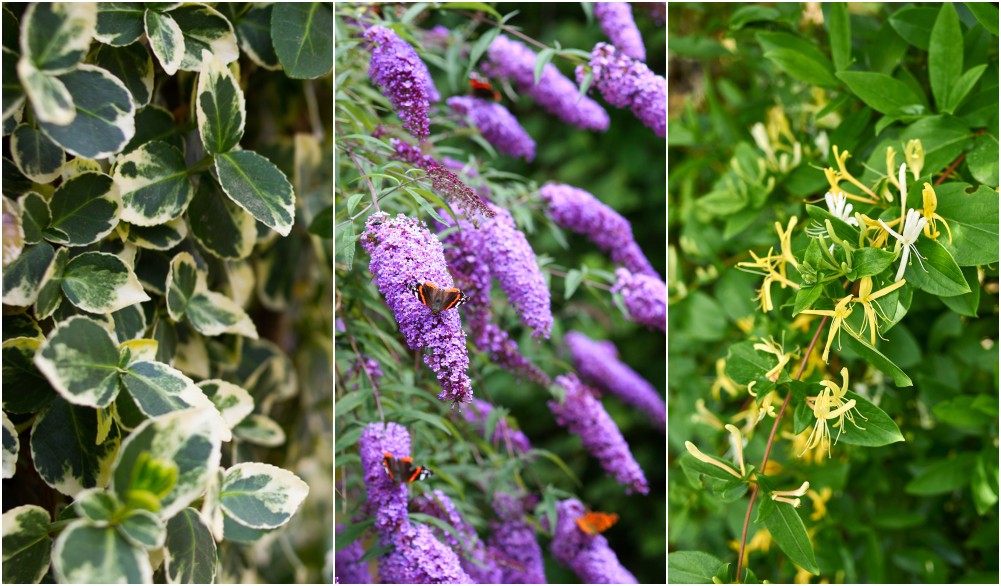



12 Common Invasive Plants You Should Never Grow In Your Garden




Euonymus Species Fortune S Spindle Japanese Spindle Shrub Winter Creeper Euonymus Fortunei




Collectected Spindle Tree Clump Burning Bush Bonsai Nut
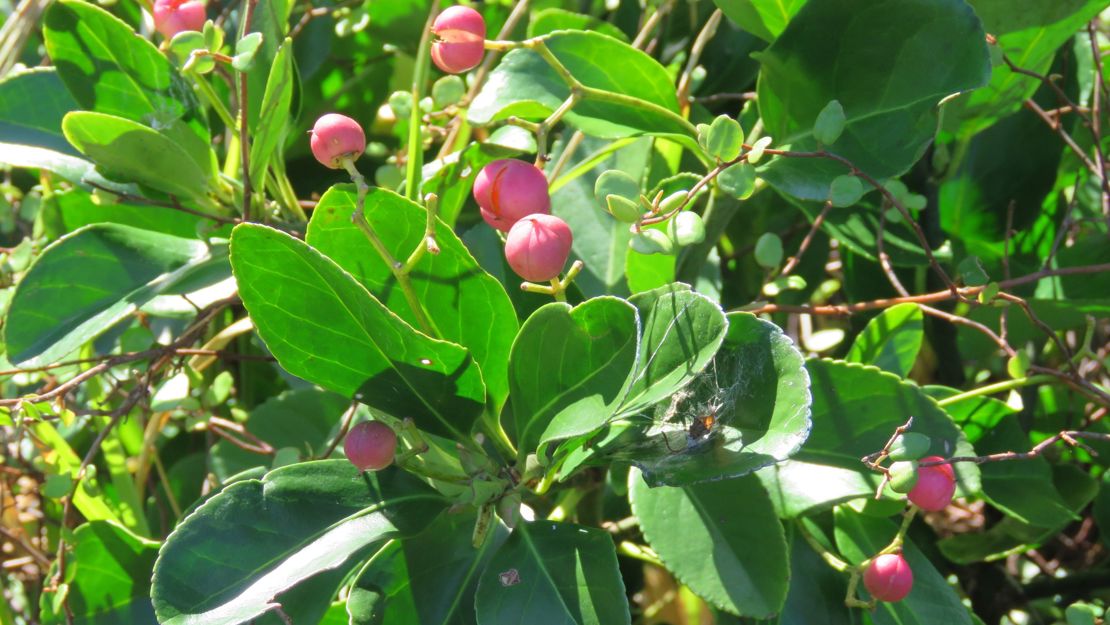



Japanese Spindle Tree




Euonymus Species Burning Bush Cork Bush Winged Spindle Tree Winged Euonymus Euonymus Alatus
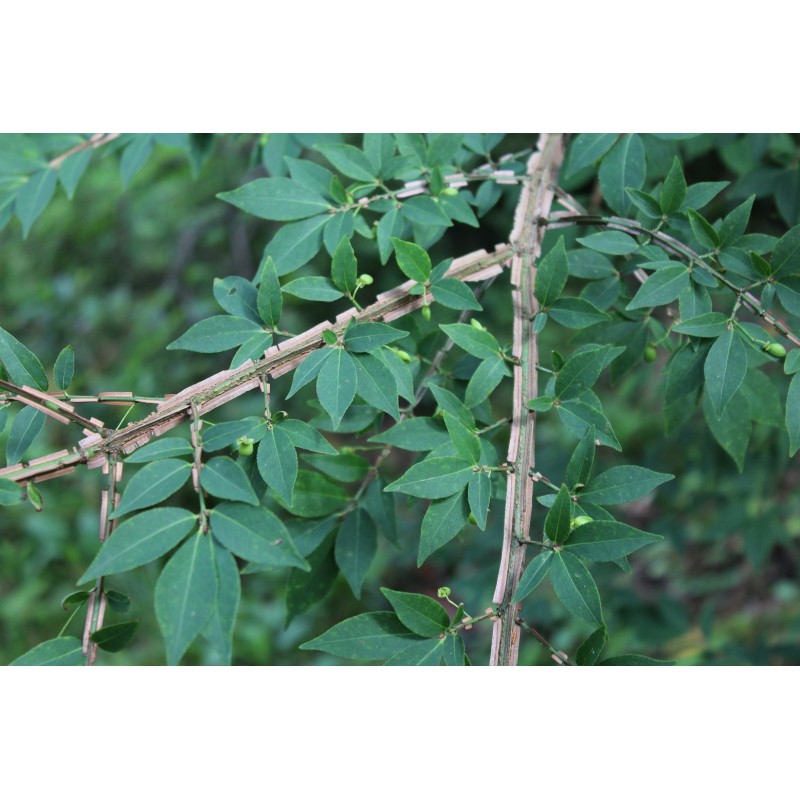



Burning Bush Winged Spindle Tree Euonymus Alatus




Burning Bush Compact Winged Spindle Tree Euonymus Alatus Compactus Dear Plants
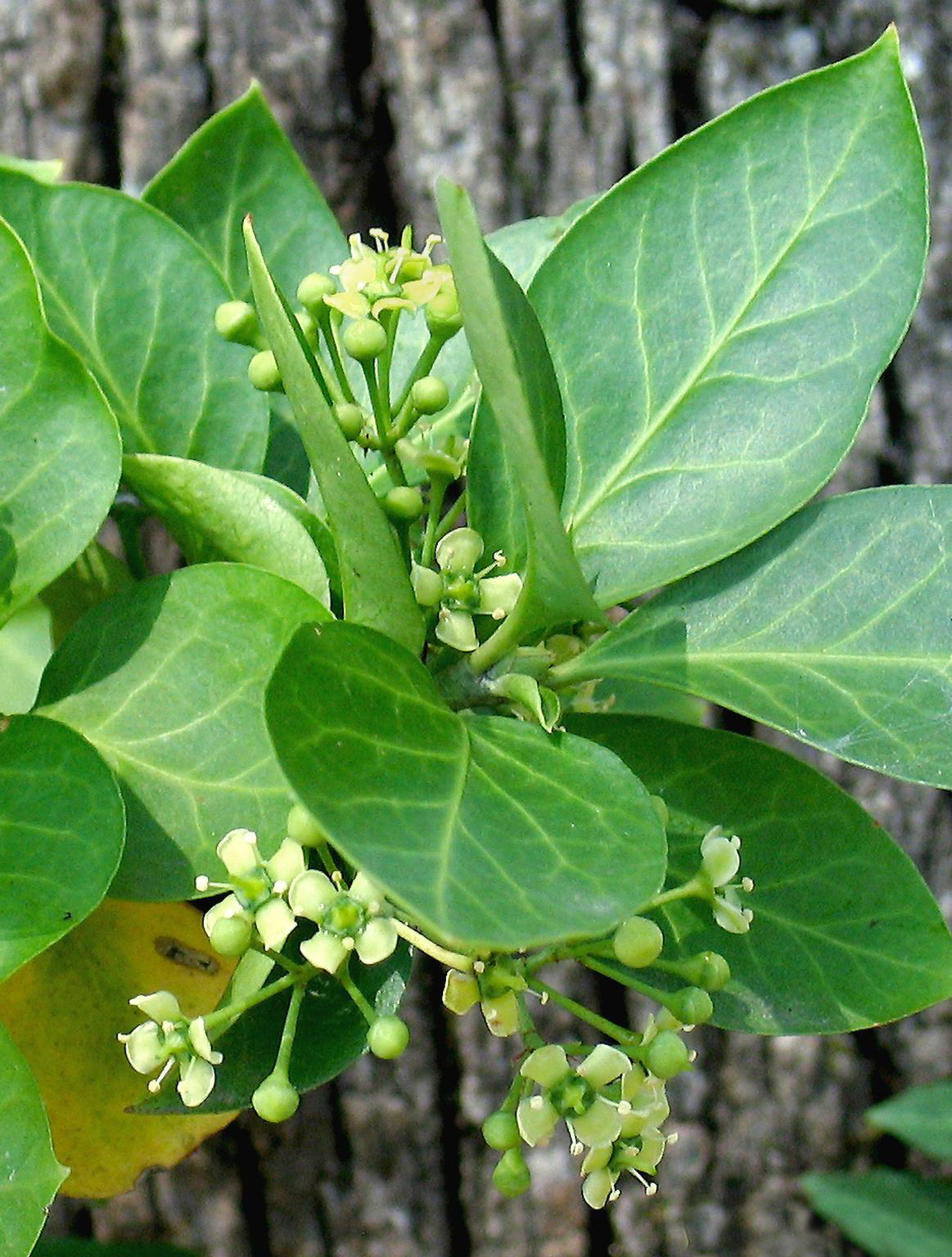



Euonymus Fortunei Wikipedia
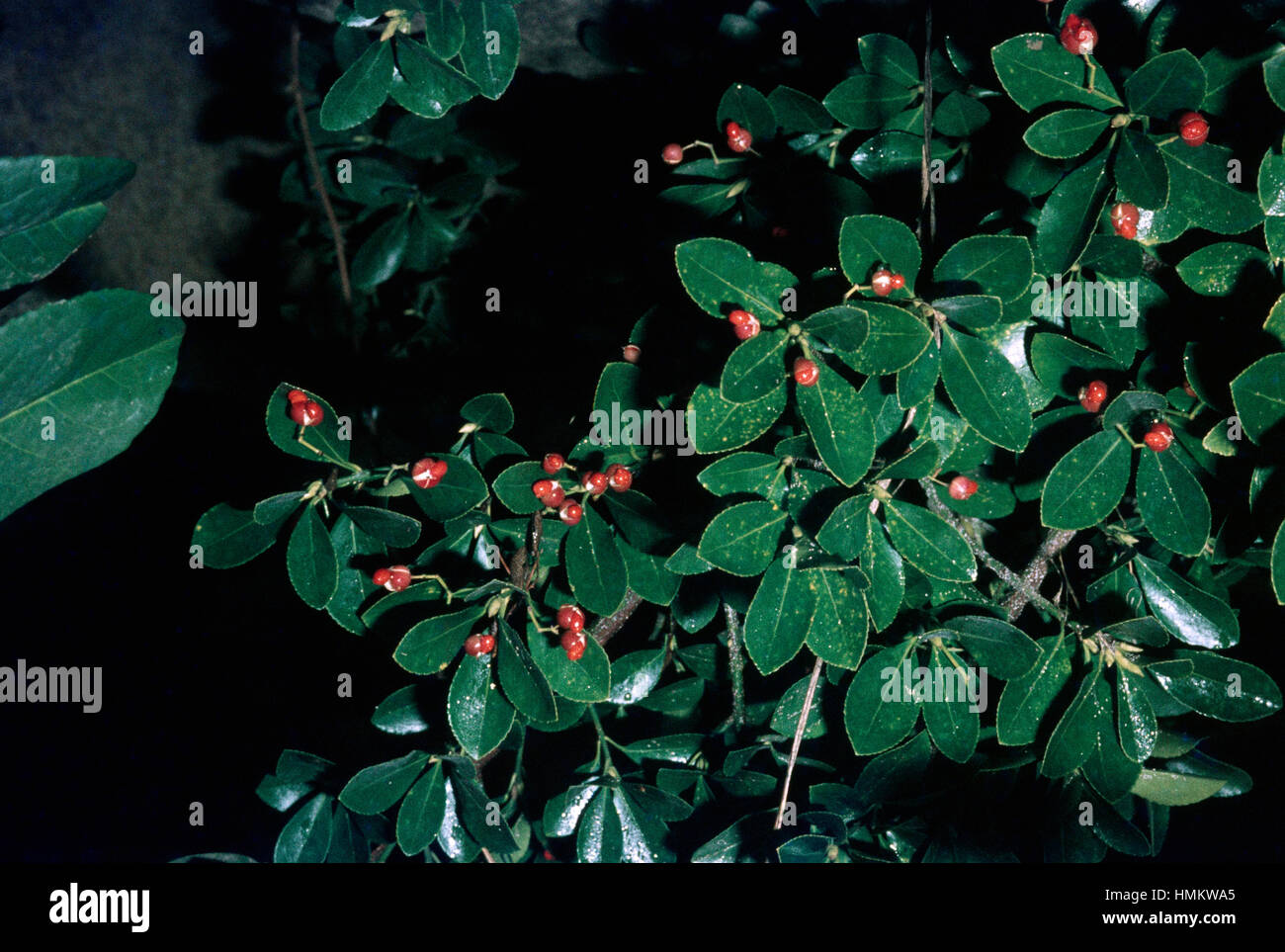



Japanese Spindle Tree Or Shrub High Resolution Stock Photography And Images Alamy
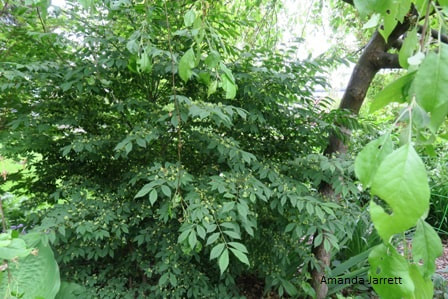



Compact Burning Bush The Garden Website Com




Euonymus Japonicus Aureus Plants Garden Center Garden
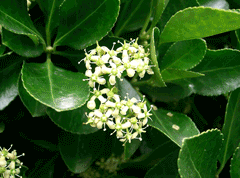



Euonymus Japonicus Japanese Spindle Tree Box Leaf Euonymus Evergreen Euonymus Japanese Euonymus Pfaf Plant Database



Euonymus Japonicus Japanese Spindle Tree



Italiano Euonymus Japonicus Sistematica Etimologia Habitat Coltivazione
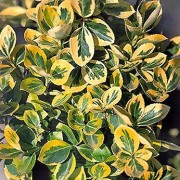



Euonymus Japonicus Gold Queen Japanese Spindle Spindle Care Plant Varieties Pruning Advice
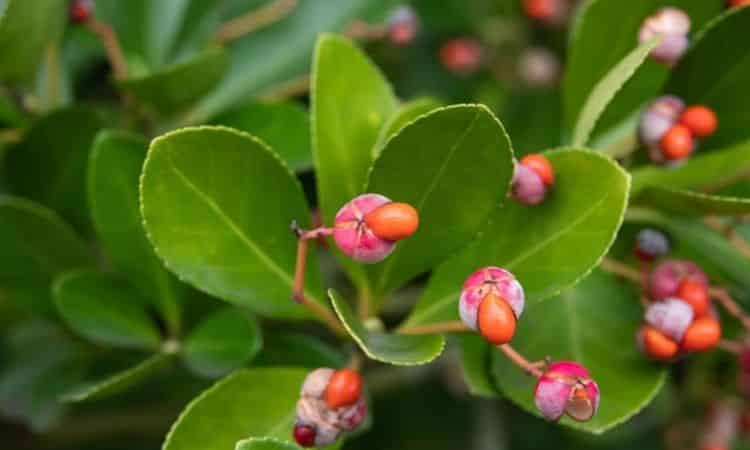



Spindle Tree Everything To Plant And Care For The Euonymus



Invasive Species Urban Forest Associates Inc




Spindle Bush Care Tips For Growing A Spindle Bush
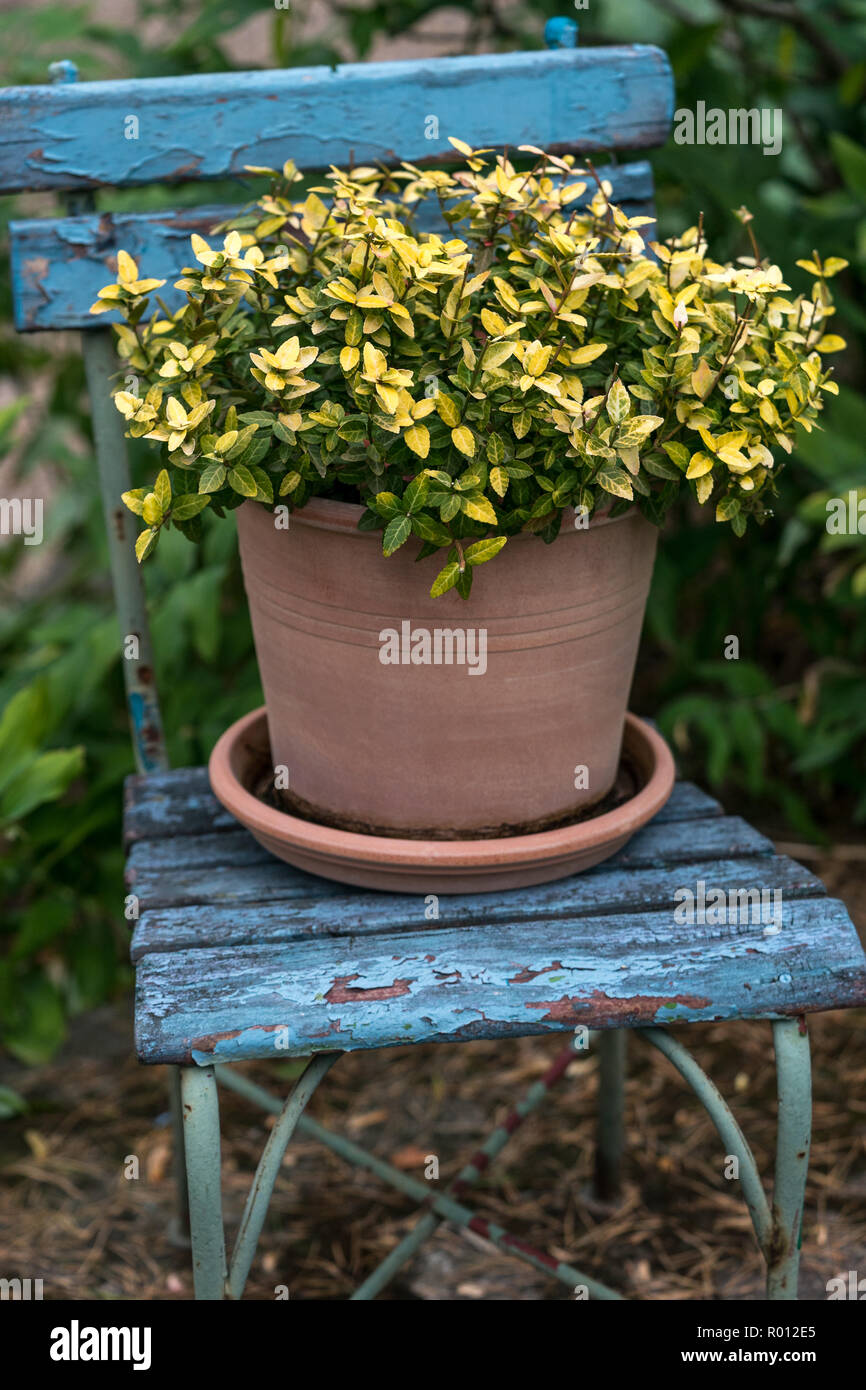



Spindle Bush High Resolution Stock Photography And Images Alamy




Euonymus Alatus Wikiwand



Trees Shrubs Spindle Tree Euonymus Europaeus London Tree Surgeons Tree Surgery Tree Cutting Tree Care And Garden Services
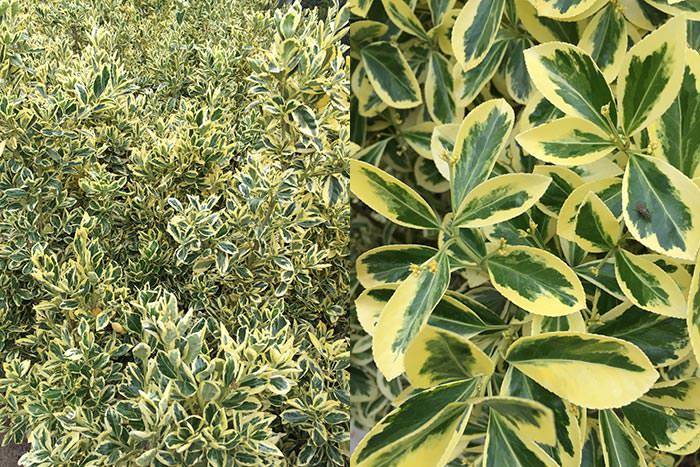



Euonymus Spindle Tree Varieties For Sale Uk Paramount Plants




December 15 Plant Profile Euonymus Europaeus Atrorubens



Mexican Sage




Www Plant Ark Com Japanese Spindle Euonymus Japonicus




119 Euonymus Species Photos Free Royalty Free Stock Photos From Dreamstime




Japanese Spindletree Euonymus Japonicus Thunb




Euonymus Alatus Winged Spindle Tree Burningbush Corky Spindletree Pfaf Plant Database




Euonymus Japonicus Care Tips On Growing The Japanese Euonymus




Can I Plant Euonymus Near The House That Won T Be Bad For The Foundation




Euonymus Boxleaf Euonymus Japanese Spindletree Euonymus Japonicus Aureo Marginatus




119 Euonymus Species Photos Free Royalty Free Stock Photos From Dreamstime




December 15 Plant Profile Euonymus Europaeus Atrorubens
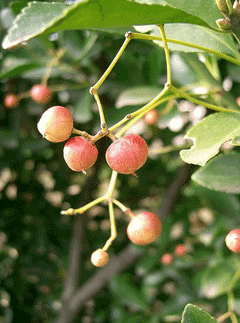



Euonymus Japonicus Japanese Spindle Tree Box Leaf Euonymus Evergreen Euonymus Japanese Euonymus Pfaf Plant Database




Euonymus Fortunei Climbing Euonymus Japanese Euonymus Spreading Euonymus Wintercreeper Winter Creeper Wintercreeper Euonymus North Carolina Extension Gardener Plant Toolbox




Invasive Exotic Japanese Spores




Euonymus Japonicus Box Leaf Euonymus Dwarf Japanese Euonymus Var Microphyllus Evergreen Euonymus Japanese Euonymus Japanese Spindle Tree Spindle Tree North Carolina Extension Gardener Plant Toolbox
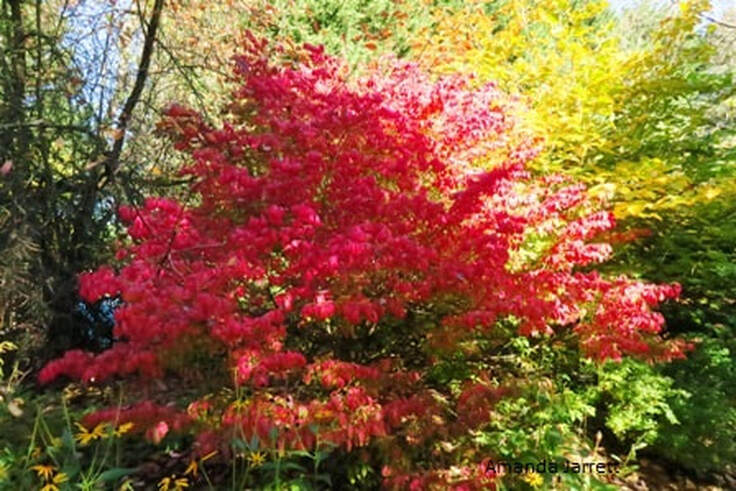



Compact Burning Bush The Garden Website Com




Euonymus Alatus
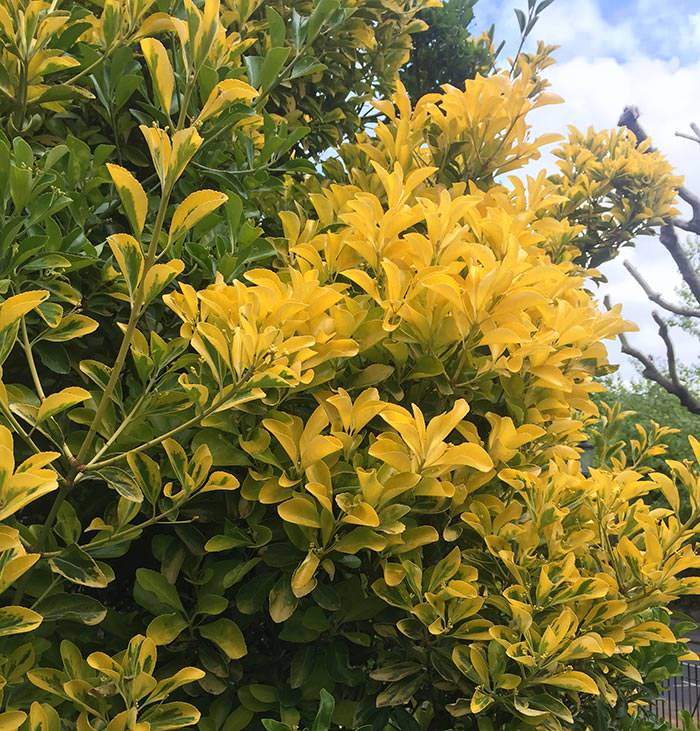



Euonymus Spindle Tree Varieties For Sale Uk Paramount Plants




Burning Bush Euonymus Alatus Invasive




Euonymus Alatus Compactus Landscape Plants Oregon State University



Www Cabi Org Isc Datasheet 236



Euonymus Japonicus Evergreen Spindle Japanese Spindle Tr




Winter Creeper Invasive Exotic Plants Of North Carolina Inaturalist
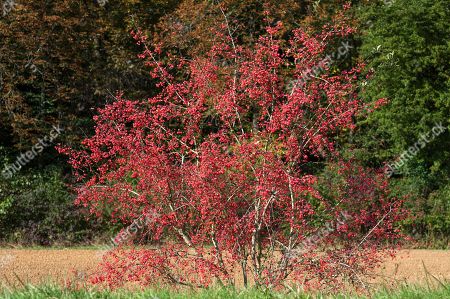



Euonymus Stock Photos Editorial Images And Stock Pictures Shutterstock




Japanese Spindle Tree



Http Www Worldagroforestry Org Treedb Aftpdfs Euonymus Japonicus Pdf




Euonymus Shrub Planting And Care Features Of The Cultivation Of Euonymus




Japanese Spindle Encyclopedia Of Life
/thespruce.com-emerald-n-gold-euonymus-shrubs-2132073-3-658e12a8b73f484d98e9c62c901e72a4.jpg)



Wintercreeper Euonymus Care And Growing Guide




Spotlight On Invasive Plants Burning Bush Euonymus Alatus Ecobeneficial




Euonymus Emerald Gaiety Hayloft
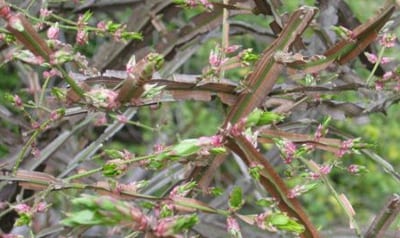



Winged Euonymus An Exotic Invasive Plant Fact Sheet Ecological Landscape Alliance



1




Garden Of ron 43 Invasive Plants You Should Probably Shun In The Southeast
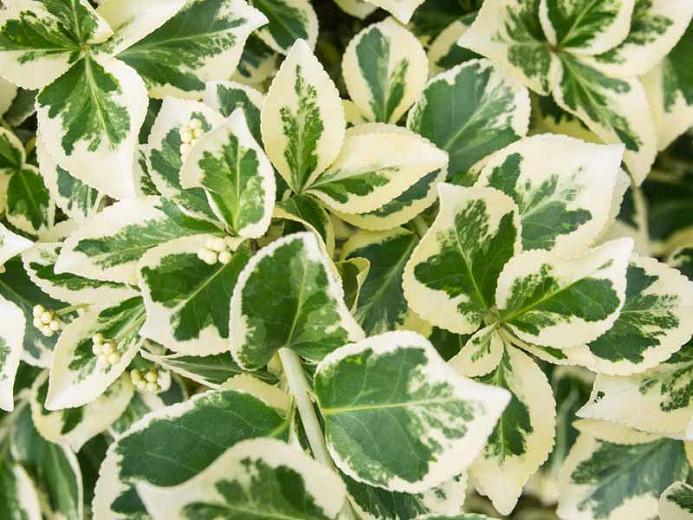



Euonymus Fortunei Silver Queen Wintercreeper



Italiano Euonymus Japonicus Sistematica Etimologia Habitat Coltivazione




Invasive Species Of Belgium Inaturalist



Gisd



In Color Burning Bush Seattle Japanese Garden



Euonymus Fortunei Landscape Plants Oregon State University
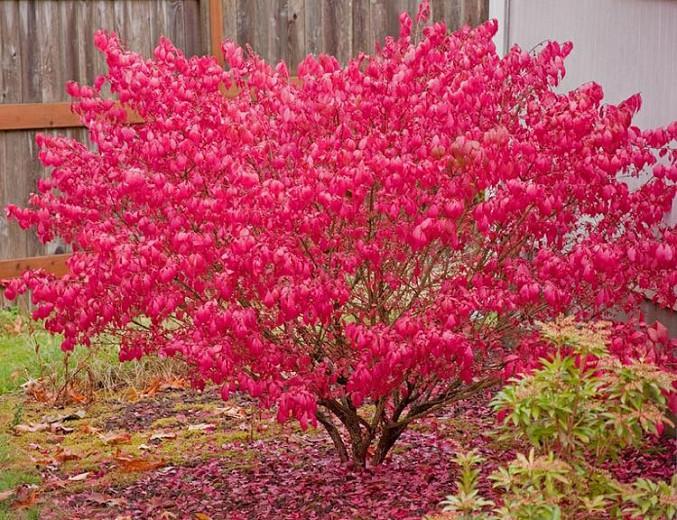



Euonymus Alatus Burning Bush




Winter Creeper Euonymus Fortunei



3




Spindle Tree Species Growth Care Plants Nepal




Japanese Spindle Tree High Res Stock Images Shutterstock




Euonymus Southern Living Southern Living
:max_bytes(150000):strip_icc()/european-spindle-tree-growing-profile-3269161-02-c8364a01acc44bf196b9b87462f91d23.jpg)



European Spindle Tree Plant Care Growing Guide




Japanese Spindle Tree Weedbusters




Powdery Mildew Microsphaera Euonymi Japonici On Japanese Spindletree Euonymus Japonicus




Euonymus Powdery Mildew Pacific Northwest Pest Management Handbooks




Euonymus Japonicus Thunb Japanese Spindletree World Flora Pl Ntnet Identify



Namethatplant Net Euonymus Fortunei




Euonymus Japonicus Euonymus Japonicus Japanese Spindletre Flickr
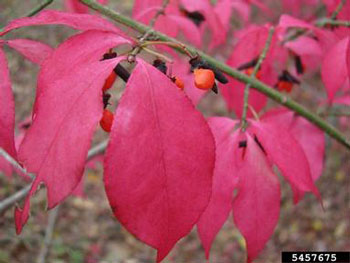



Maine Natural Areas Program Invasive Plants Burning Bush
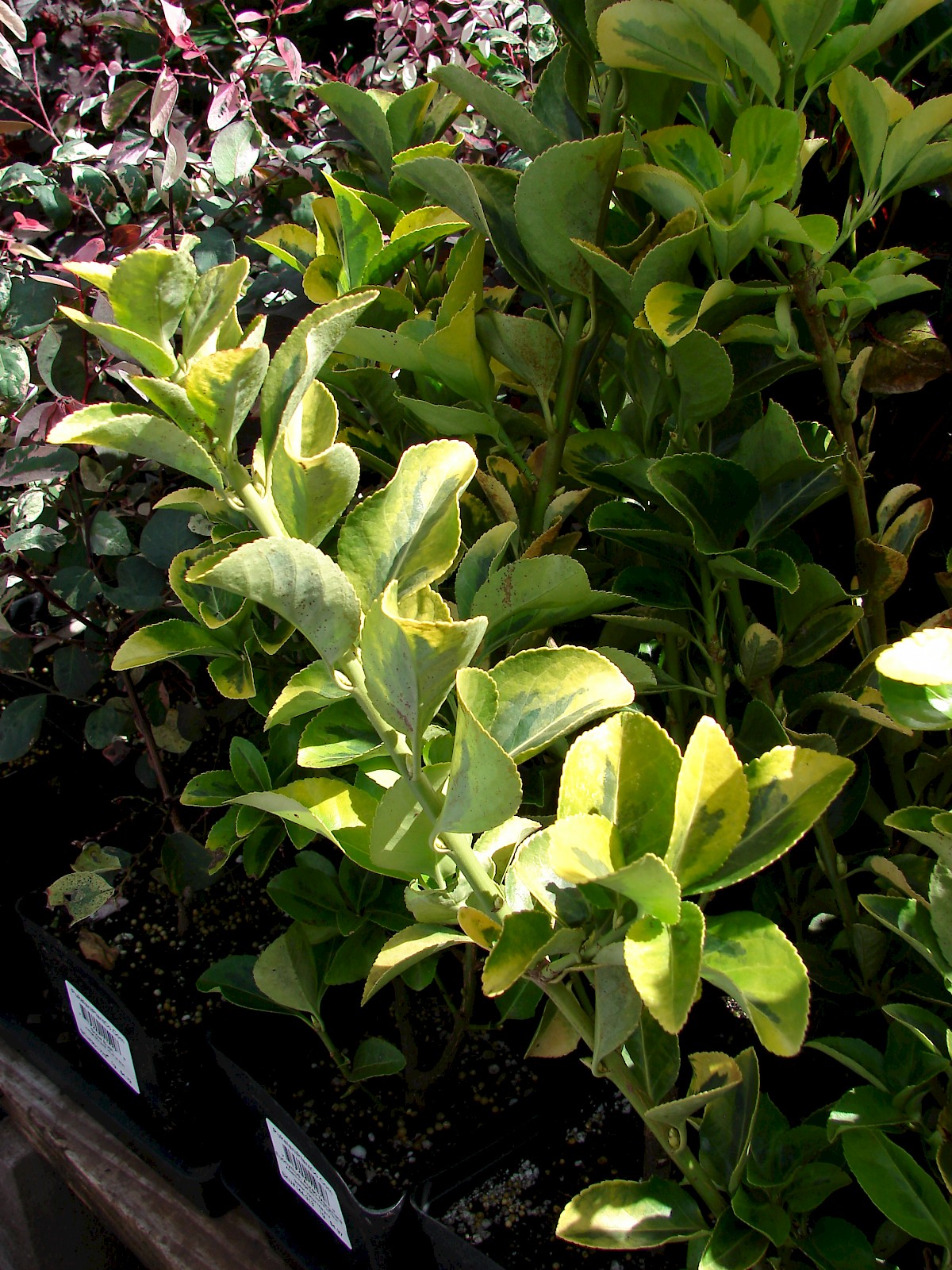



Euonymus Japonica Uf Ifas Assessment University Of Florida Institute Of Food And Agricultural Sciences



0 件のコメント:
コメントを投稿